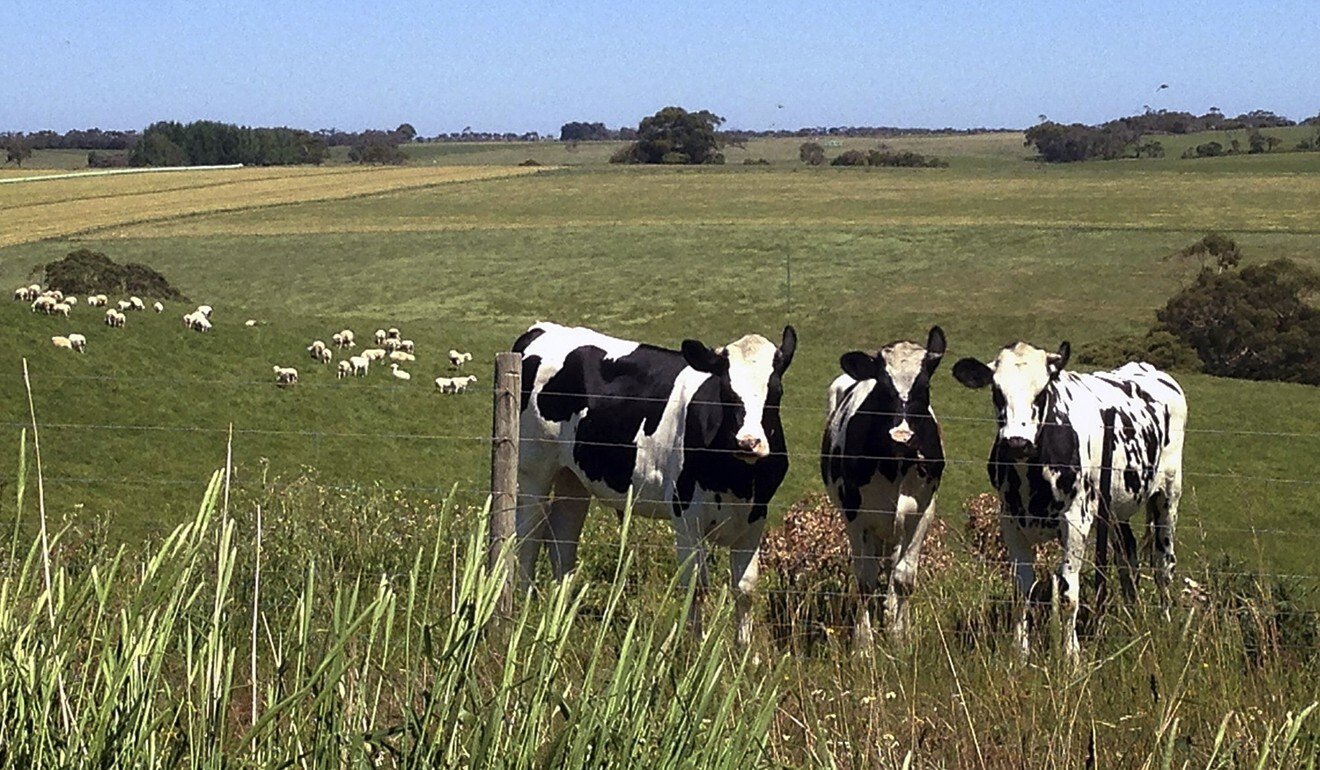
Australian beef farmers may not have enough cows to meet surge in global demand
- ‘We’ve got to get those numbers back up so that we don’t lose market share into the export markets,’ analyst Matt Dalgleish said
- Australia is one of the world’s largest beef exporters, with major markets in China, Japan and South Korea
In a potential blow to steak lovers the world over, Australian beef may slip off global menus if cattle producers can’t hasten the pace of a nationwide herd rebuild.
The risks of that are growing as some farmers continue to send female cattle to the slaughterhouse instead of keeping them to expand herds. The latest official data show the ratio of female cattle processed as a proportion of total slaughter – an indicator for whether a herd is in restocking phase – at 48.2 per cent, not enough to qualify for a technical rebuild, classified at 47 per cent and under.
While there’s still time to get that ratio down, it needs to happen now as restocking is a years-long process from calf to slaughter and the industry faces a range of headwinds, said Matt Dalgleish, manager of commodity market insights at Thomas Elder Markets.
“We’ve got to get those numbers back up so that we don’t lose market share into the export markets,” he said.
Australia’s beef industry has seen some turbulent times after years of drought forced farmers, who were unable to support herds on parched pastures, to cull hoards of cattle. The resultant oversupply on the market caused Australian cattle prices to plummet in 2019 to half the levels seen today.
Ranchers are also facing a less certain future with the rise of alternative protein demand as environmental and health concerns drive consumers to products like faux meat burgers or nuggets.
After rains replenished pastures last year and with the herd rebuild season under way, farmers held onto livestock, squeezing supplies and sending prices soaring to records. Those prices will probably remain at “exceptionally high levels” according to Rural Bank’s 2021 outlook.
Farmers have to contend between keeping their cattle for the rebuild, or sending them for slaughter to “cash in” now – a tempting offer for some looking to pay off large debts incurred during drought years for outsize feed grain purchases to keep the animals alive, Dalgleish said.

Prices for Australian cattle used to track South American countries, but drought conditions during 2014–15 tightened supply, which saw prices spike and never properly recover. Weaker Brazilian real and Argentine peso in recent years also gave those producers extra leverage.
With the Australian dollar gaining to almost 80 US cents, the Aussie product is becoming out of reach for many importers. Prices have even overtaken the US, which traditionally holds the title for the world’s most expensive beef.
As China’s beef with Australia hits its economy, will Canberra be cowed?
The high prices have also elicited a response from Indonesia, where strikes by local meat sellers over Australian beef costs prompted the government to warn that it will look to other suppliers, according to Australian media reports. Indonesia is Australia’s largest export market for cattle and beef offal.

Australia’s position in those markets is increasingly at risk, compounded by free trade agreements that see higher tariffs on the nation’s shipments versus American beef, according to Dalgleish.
“The trade situation is such that the US product is being more favoured,” he said.
For Australia’s cows that, unlike cattle in the US, mainly feed on grass instead of grains, climate change could add pressure to rebuild stock fast. With drought never far around the corner, coupled with higher frequency of extreme weather events, it’s crucial to bulk up herd sizes while pastures are green.
“Australia’s likely to be back in drought in a couple of years,” Dalgleish said. “It kind of doesn’t leave us a great deal of time to build up to those high twenties in millions of head numbers – 28, 29 million head. And then you’re kind of stuck again, depending on how prolonged the drought scenarios are looking. We could be back down at record herd levels, and low supply again.”

